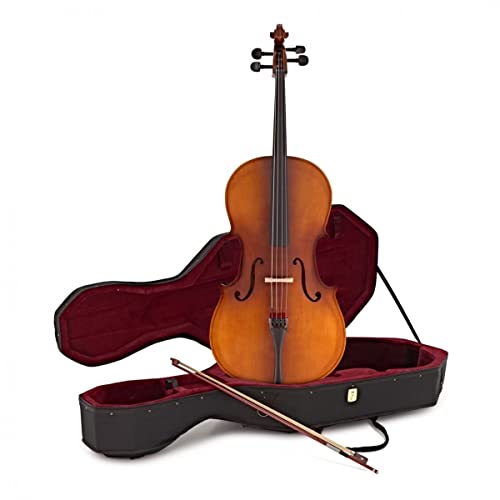The Importance of Proper Bowing Technique for Cello Players
Playing the cello can be a deeply rewarding experience, but it’s also a challenging instrument to master. One of the most important aspects of playing the cello is developing proper bowing technique. The way you hold and move your bow can have a significant impact on the sound you produce, and can make the difference between a beautiful performance and a lackluster one. Here’s what you need to know about proper bowing technique for cello players.
Understanding the Anatomy of Your Bow
Before you start working on your bowing technique, it’s important to understand the anatomy of your bow. Your cello bow is made up of several different parts, including the stick, the hair, and the frog. Each of these parts plays an important role in producing sound, and you’ll need to be familiar with each of them in order to use your bow effectively. The stick is the long, thin part of your bow, while the hair is the part that comes into contact with the strings. The frog is the heavy, rounded piece at the bottom of the bow that allows you to adjust the tension of the hair.
The Basics of Proper Bowing Technique
When it comes to bowing technique, there are a few basic principles that you’ll need to master. First, it’s important to keep your bow perpendicular to the strings at all times. This means that you should be holding your bow parallel to the bridge, and keeping your wrist straight. You’ll also need to develop a smooth, consistent bowing motion that produces even sound across all strings. Finally, it’s essential to use the correct amount of pressure and speed to produce different types of sound.
Practicing Your Bowing Technique
The best way to improve your bowing technique is through regular practice. Start by practicing basic bowing exercises, focusing on maintaining good form and producing even sound across all strings. As you progress, you can start practicing more advanced techniques, like vibrato and spiccato. You can also experiment with different types of bowing, like legato and staccato, to produce a wider range of sounds.
Getting Help from a Professional
If you’re serious about improving your cello playing, it’s a good idea to work with a professional. A qualified instructor can help you develop proper technique and provide guidance on how to improve your sound. They can also help you develop a practice routine that’s tailored to your individual needs, and offer feedback on your progress. Whether you’re a beginner or an advanced player, working with a cello instructor is a great way to take your playing to the next level.






